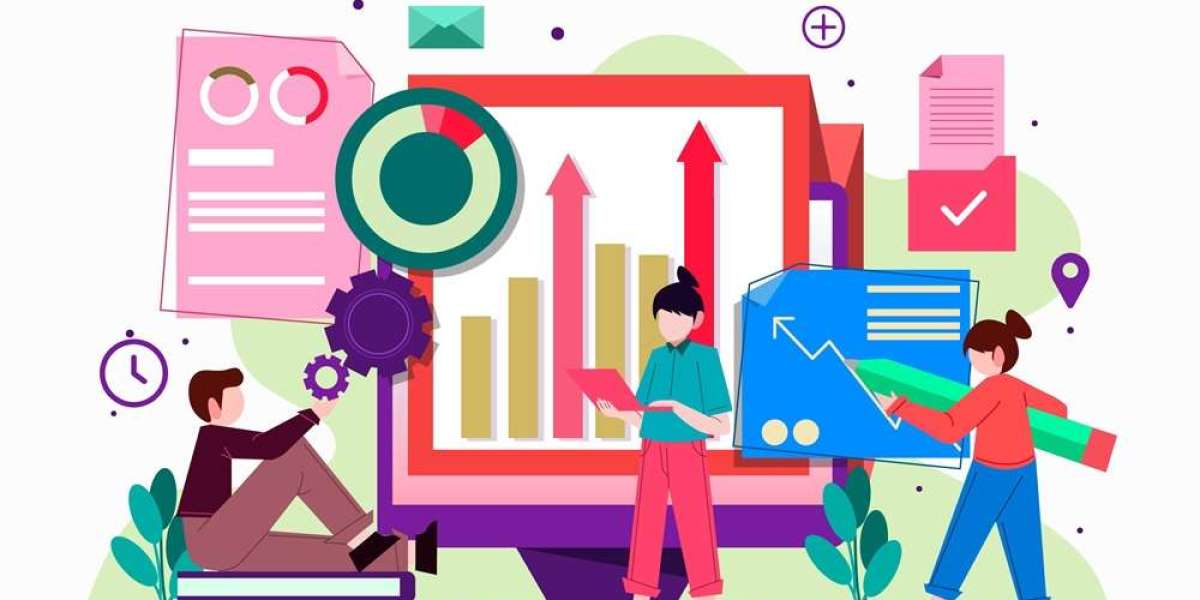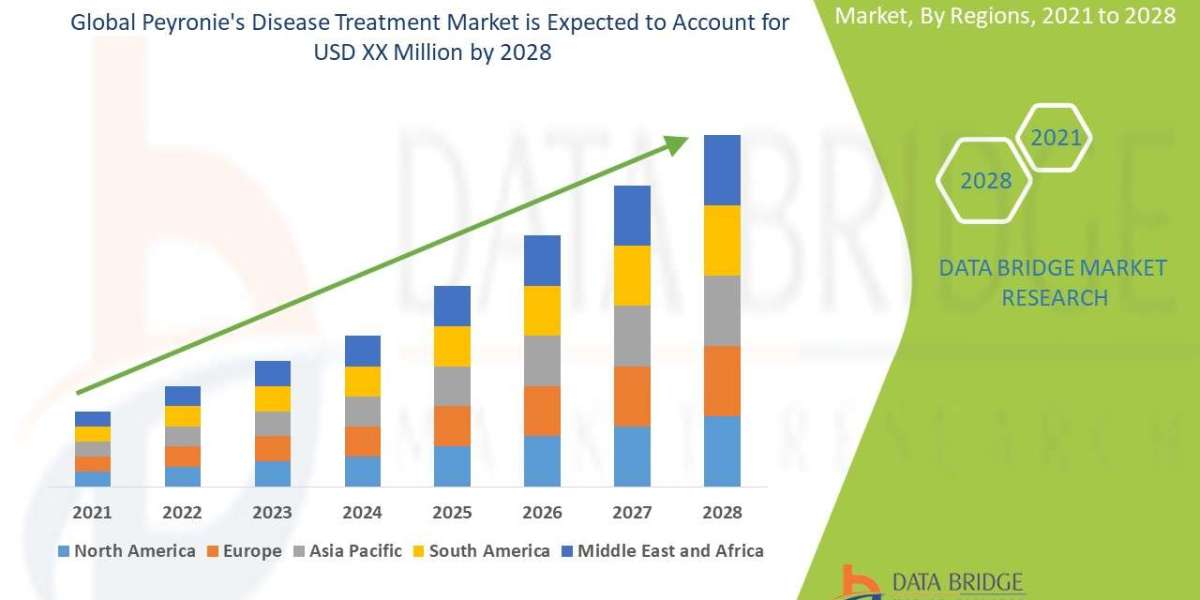Introduction to Demand Forecasting
Demand forecasting is a pivotal component of strategic planning for businesses across all industries. It involves predicting future customer demand for products or services, which allows organizations to make informed decisions about production, inventory management, and resource allocation. The accuracy of demand forecasting can significantly impact a company's profitability and competitiveness in the market.
Understanding the Objectives
Demand forecasting serves several key objectives that guide its methods and implementation within organizations.
Meeting Customer Demand
The primary objective of demand forecasting is to ensure that businesses can effectively meet customer demand. By accurately predicting future demand trends, companies can optimize their production schedules and inventory levels to ensure that products are available when and where customers need them. This not only enhances customer satisfaction but also helps to build brand loyalty and drive repeat purchases.
Optimizing Inventory Management
Another important objective of demand forecasting is to optimize inventory management. By forecasting future demand accurately, organizations can avoid the pitfalls of excess inventory or stockouts. Maintaining optimal inventory levels minimizes holding costs and reduces the risk of obsolescence, ultimately improving operational efficiency and profitability.
Strategic Decision-making
Demand forecasting also plays a crucial role in supporting strategic decision-making within organizations. By providing insights into future demand trends, businesses can make informed decisions about pricing strategies, product development initiatives, and market expansion efforts. This strategic foresight enables companies to capitalize on emerging opportunities and navigate market challenges effectively.
Factors Influencing Demand Forecasting
Several factors influence the demand forecasting process, which organizations must consider when developing their forecasting methods.
Historical Data Analysis
Historical data analysis is a fundamental aspect of demand forecasting. By analyzing past sales data and demand patterns, organizations can identify trends and seasonal variations that can inform future forecasts. Historical data serves as a valuable baseline for predicting future demand and understanding market dynamics.
Market Trends and Dynamics
Market trends and dynamics play a significant role in demand forecasting. Factors such as changes in consumer preferences, competitive landscape, and economic conditions can impact future demand for products or services. By monitoring market trends and analyzing industry data, businesses can adjust their forecasting models to reflect evolving market conditions.
Seasonal Variations
Seasonal variations are another critical factor in demand forecasting, particularly for industries with fluctuating demand throughout the year. Holidays, weather patterns, and cultural events can all influence consumer behavior and purchasing habits. By incorporating seasonal adjustments into their forecasting models, organizations can account for these fluctuations and better anticipate demand peaks and valleys.
External Factors
External factors such as economic conditions, government regulations, and geopolitical events can also impact demand forecasting. Changes in unemployment rates, inflation, or trade policies can affect consumer spending patterns and overall demand for goods and services. By staying informed about macroeconomic trends and external factors, businesses can adjust their forecasting models accordingly to mitigate risks and capitalize on opportunities.
Methods of Demand Forecasting
Demand forecasting methods can be broadly categorized into qualitative, quantitative, and combination methods, each with its own strengths and limitations.
Qualitative Methods
Qualitative methods rely on expert judgment, market research, and subjective assessments to forecast demand. Techniques such as surveys, focus groups, and expert interviews are commonly used to gather qualitative data. Qualitative methods are particularly useful when historical data is limited or when forecasting for new products or markets.
Quantitative Methods
Quantitative methods utilize mathematical models and statistical techniques to forecast demand based on historical data analysis. Time series analysis, regression analysis, and econometric models are examples of quantitative forecasting techniques. Quantitative methods are effective for forecasting demand patterns and trends, especially when historical data is abundant and reliable.
Combination Methods
Combination methods integrate both qualitative and quantitative approaches to enhance forecast accuracy. These methods leverage the strengths of both qualitative and quantitative methods while mitigating their respective weaknesses. For example, businesses may use qualitative data to inform the initial forecast and then refine it using quantitative modeling techniques.
Objective-driven Approach to Forecasting Methods
When selecting demand forecasting methods, organizations should consider their specific objectives and requirements. Factors such as forecast accuracy, time horizon, and cost-effectiveness should inform the choice of method. For example, if the objective is to forecast short-term demand fluctuations accurately, quantitative methods such as time series analysis may be preferred. However, if the goal is to forecast long-term trends or market shifts, qualitative methods such as market research or expert judgment may be more appropriate.
Meeting Customer Demand
Meeting customer demand is essential for business success, as it directly impacts revenue, customer satisfaction, and brand reputation.
Ensuring Product Availability
Accurately forecasting demand enables organizations to ensure that products are available when and where customers need them. This helps to prevent stockouts and backorders, which can result in lost sales and dissatisfied customers. By maintaining optimal inventory levels based on demand forecasts, businesses can meet customer expectations and enhance the overall shopping experience.
Avoiding Stockouts and Overstocking
Stockouts and overstocking can have significant financial implications for businesses. Stockouts can result in lost sales while overstocking ties up valuable capital and warehouse space. By forecasting demand accurately, organizations can minimize the risk of stockouts and overstocking, thereby reducing carrying costs and maximizing inventory turnover.
Optimizing Inventory Management
Optimizing inventory management is a key objective of demand forecasting, as it directly impacts operational efficiency and profitability.
Just-in-Time Inventory
Just-in-time (JIT) inventory management is a strategy that aims to minimize inventory holding costs by ordering and receiving inventory only when it is needed for production or sale. Demand forecasting plays a crucial role in JIT inventory management, as accurate forecasts are needed to determine when and how much inventory to order. By aligning production and inventory levels with forecasted demand, businesses can reduce carrying costs and improve cash flow.
Minimizing Holding Costs
Holding costs, also known as carrying costs, refer to the expenses associated with holding and storing inventory. These costs include warehouse rent, utilities, insurance, and depreciation. By optimizing inventory levels based on demand forecasts, organizations can minimize holding costs and improve overall profitability. Additionally, by reducing excess inventory, businesses can free up capital for other strategic initiatives and investments.
Strategic Decision-making
Demand forecasting supports strategic decision-making within organizations by providing insights into future demand trends and market dynamics.
Pricing Strategies
Pricing strategies play a critical role in driving revenue and profitability for businesses. By accurately forecasting demand, organizations can adjust their pricing strategies to maximize revenue and market share. For example, during periods of high demand, businesses may implement dynamic pricing or promotional offers to capitalize on increased consumer willingness to pay. Conversely, during periods of low demand, businesses may adjust prices to stimulate demand and maintain market competitiveness.
Product Development and Innovation
Demand forecasting also informs strategic decisions about product development and innovation. By identifying emerging market trends and customer preferences, organizations can prioritize product development initiatives that align with anticipated demand. Additionally, demand forecasts can help businesses identify gaps in the market and opportunities for new product offerings or improvements to existing products. By investing in innovation based on demand forecasts, organizations can stay ahead of competitors and drive growth.
Challenges in Demand Forecasting
Despite its importance, demand forecasting presents several challenges for businesses, including uncertainty, data accuracy, and changing consumer behavior.
Uncertainty and Volatility
One of the biggest challenges in demand forecasting is uncertainty and volatility in market conditions. External factors such as economic downturns, natural disasters, and geopolitical events can impact consumer behavior and disrupt demand patterns. Additionally, rapid technological advancements and shifting industry trends can introduce unpredictability into demand forecasts. Businesses must develop flexible forecasting models that can adapt to changing market conditions and mitigate the impact of uncertainty.
Data Accuracy and Reliability
Another challenge in demand forecasting is ensuring the accuracy and reliability of data inputs. Historical sales data may be incomplete or inconsistent, making it difficult to identify meaningful patterns and trends. Additionally, data quality issues such as duplicates, errors, and outliers can distort forecast accuracy. Businesses must invest in data management systems and processes to ensure data integrity and reliability. This may involve cleaning and preprocessing data, validating data sources, and implementing quality control measures.
Changing Consumer Behavior
Consumer behavior is constantly evolving, driven by factors such as demographics, lifestyles, and preferences. Changes in consumer behavior can impact demand for products and services, making it challenging to forecast future demand accurately. For example, shifts in consumer preferences towards online shopping or eco-friendly products can disrupt traditional demand patterns. Businesses must stay attuned to changes in consumer behavior and incorporate these insights into their forecasting models.
Addressing Challenges
To address the challenges of demand forecasting, businesses can adopt various strategies and best practices.
Advanced Forecasting Techniques
Advanced forecasting techniques such as machine learning, artificial intelligence, and predictive analytics can enhance forecast accuracy by identifying complex patterns and relationships in data. These techniques leverage algorithms to analyze large datasets and generate more accurate forecasts. By incorporating advanced forecasting techniques into their processes, businesses can improve forecast accuracy and reliability, even in the face of uncertainty and volatility.
Collaborative Forecasting
Collaborative forecasting involves engaging cross-functional teams and stakeholders in the demand forecasting process. By soliciting input from sales, marketing, finance, and operations departments, organizations can gain diverse perspectives and expertise that enhance forecast accuracy. Collaborative forecasting also fosters alignment and buy-in across the organization, ensuring that forecasts reflect the collective knowledge and insights of key stakeholders.
Continuous Monitoring and Adjustment
Demand forecasting is an iterative process that requires continuous monitoring and adjustment based on real-time data and feedback. By regularly reviewing forecast performance against actual outcomes, businesses can identify discrepancies and adjust their forecasts accordingly. Continuous monitoring enables organizations to respond quickly to changes in market conditions, consumer behavior, and other external factors, ensuring that forecasts remain relevant and accurate over time.
Conclusion
In conclusion, demand forecasting is a critical process that drives strategic decision-making and operational efficiency in businesses. By understanding the objectives guiding the forecasting process and adopting appropriate methods, organizations can better anticipate customer demand, optimize inventory management, and make informed decisions to achieve their business goals. Despite the challenges posed by uncertainty, data accuracy, and changing consumer behavior, businesses can address these challenges by leveraging advanced forecasting techniques, collaborating across departments, and continuously monitoring and adjusting their forecasts.
Predict your sales volume and demand trends with our Artificial Intelligence-based SaaS platform visit: https://thousense.ai/
Source: https://bresdel.com/blogs/526913/What-Objectives-Drive-the-Methods-of-Demand-Forecasting






